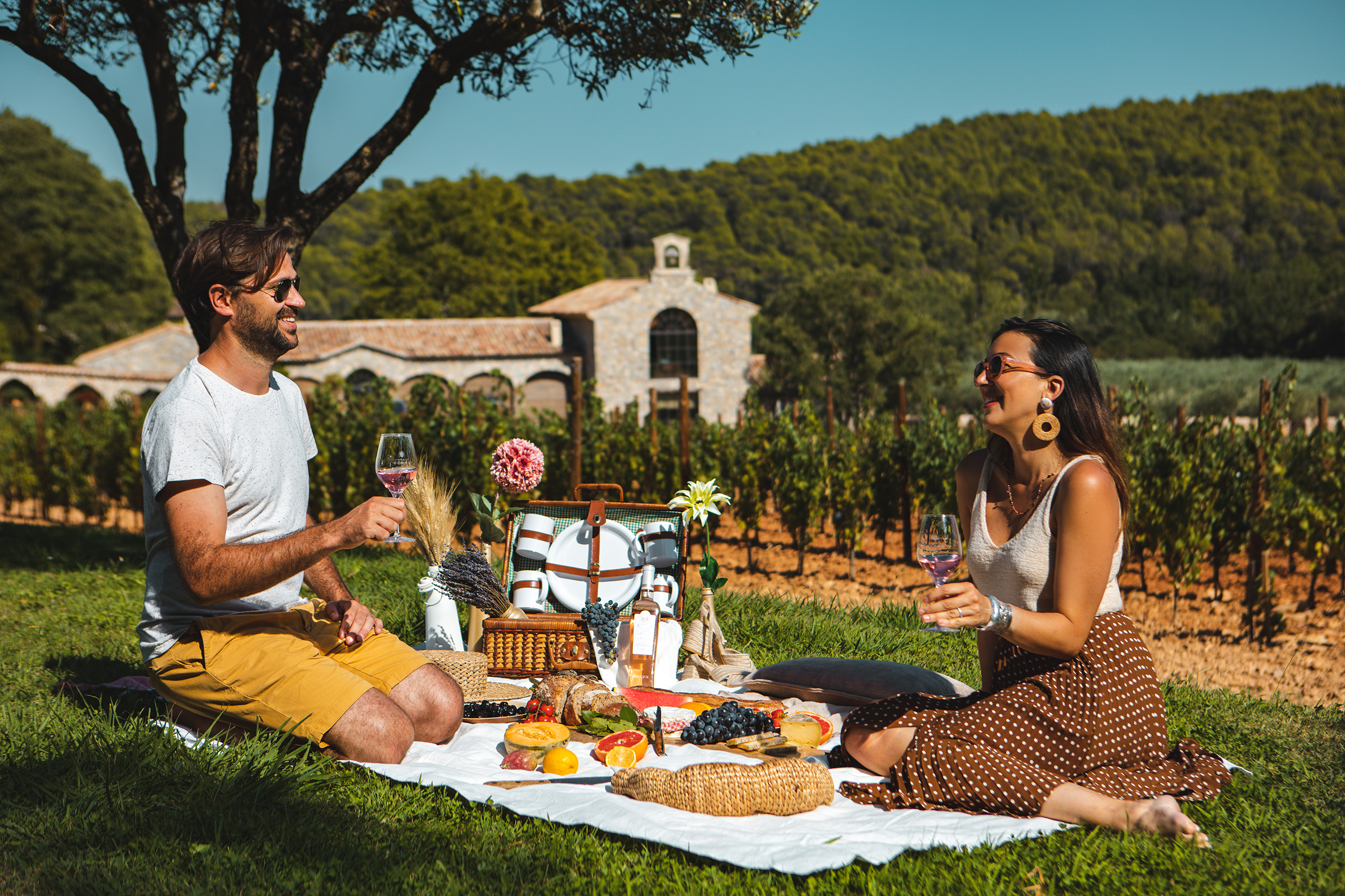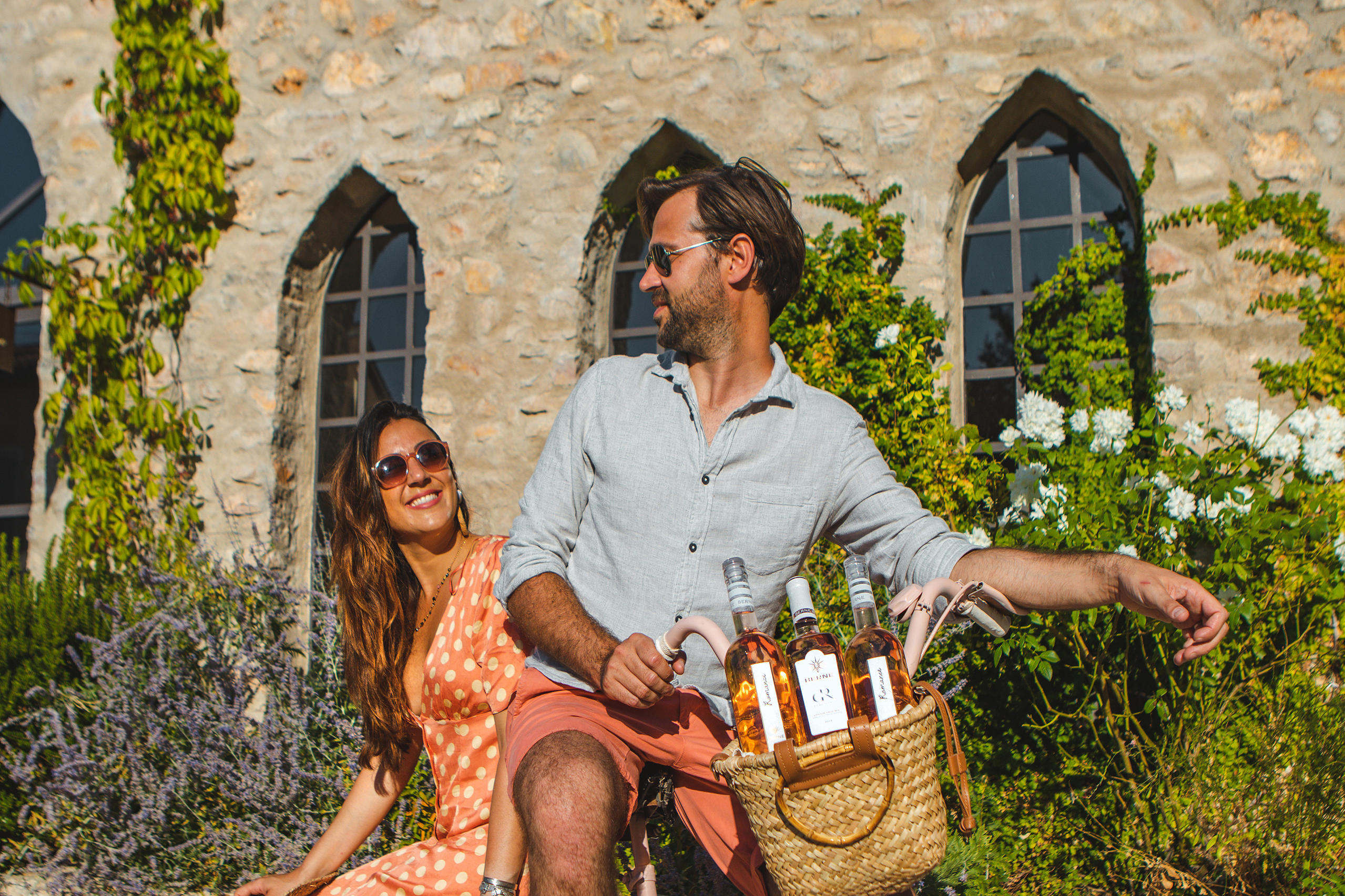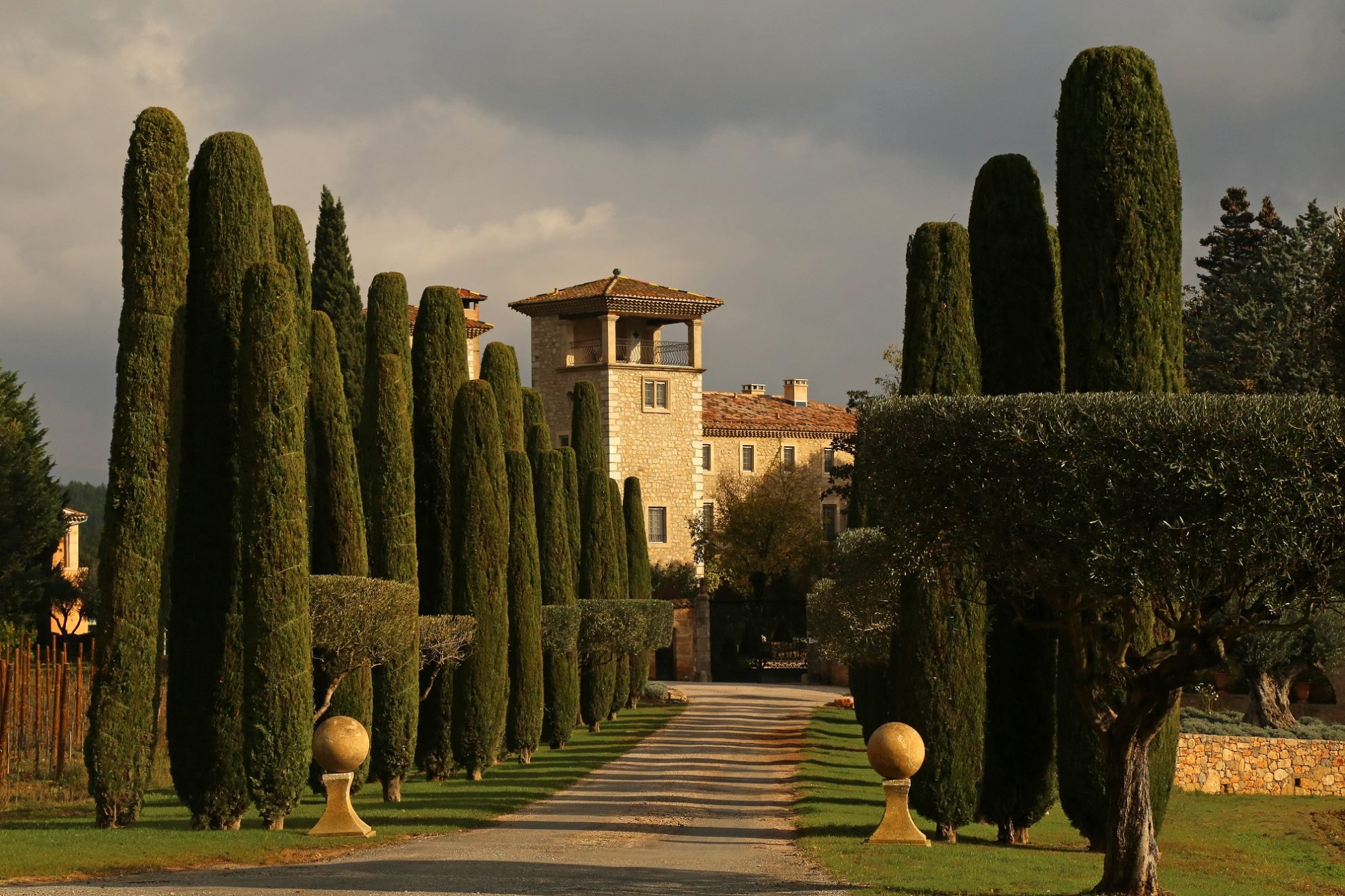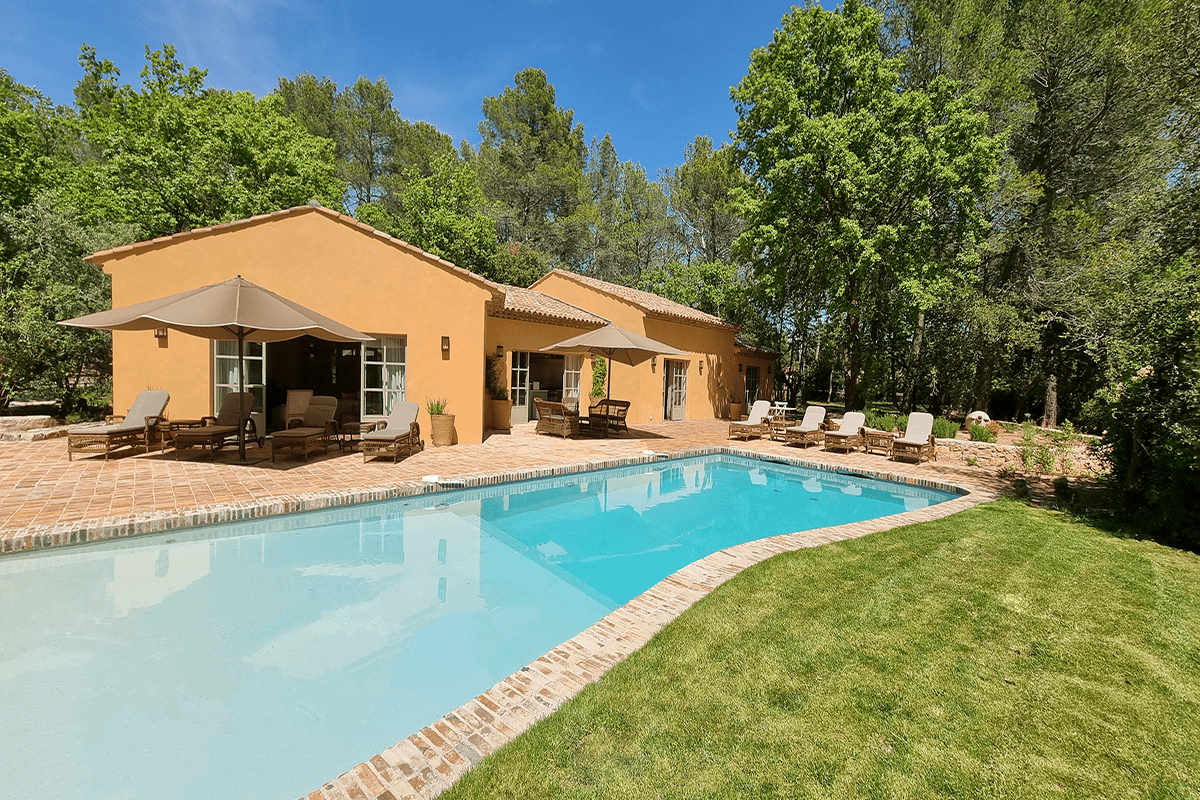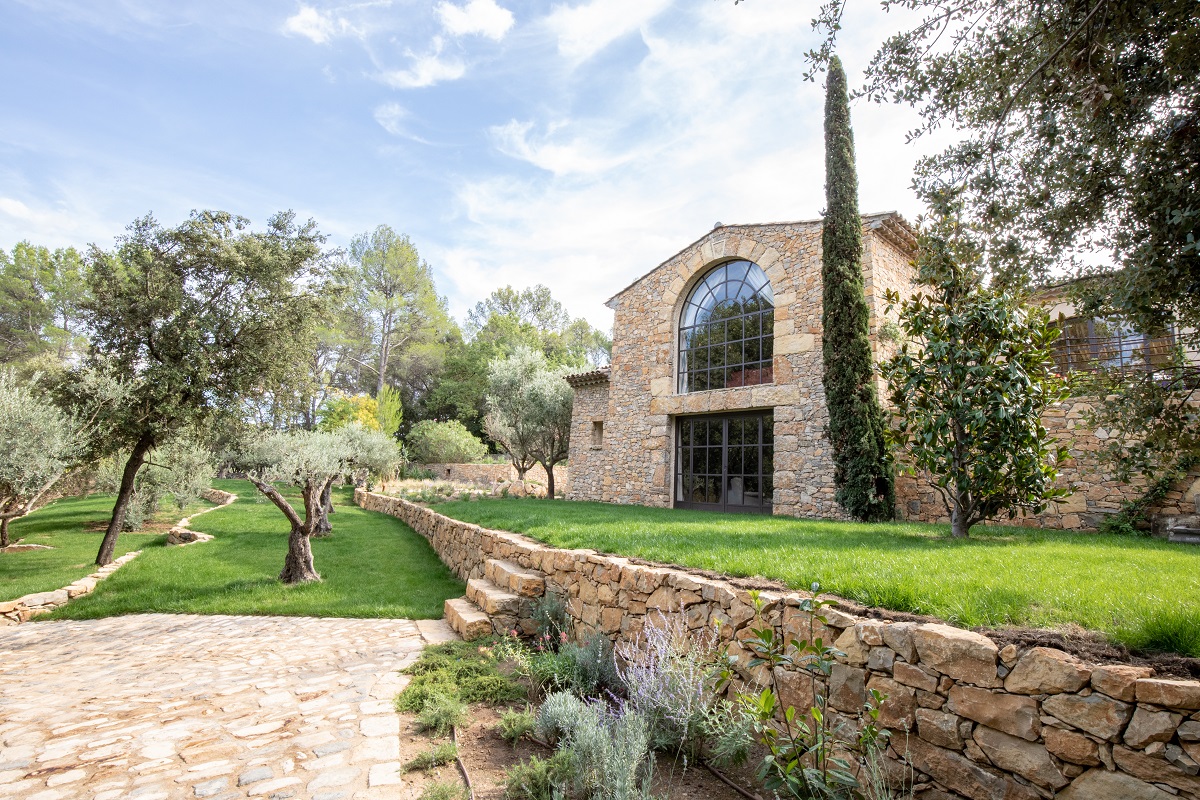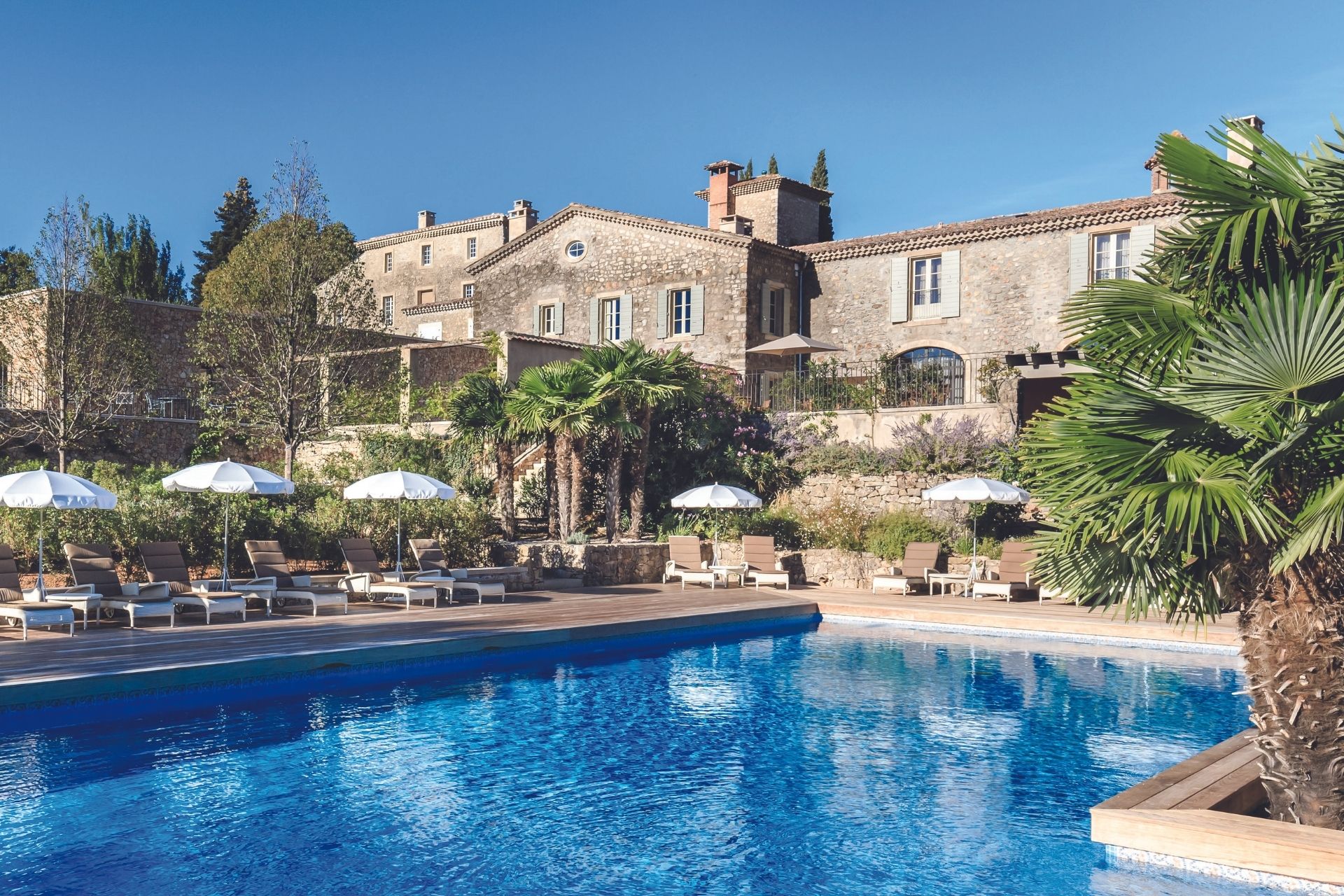VINEYARD
A blessed land
Provence's rosé wines are acclaimed worldwide, but its very-varied winegrowing terroirs are far less well-known. The Côtes-de-Provence appellation alone spans six major areas stretching from East to West.
Château de Berne is located on the "Haut-Pays" terroir, comprising chalky hills and valleys. This little-known and secretive inland area of Provence yields well-structured red wines and delicate whites and rosés.
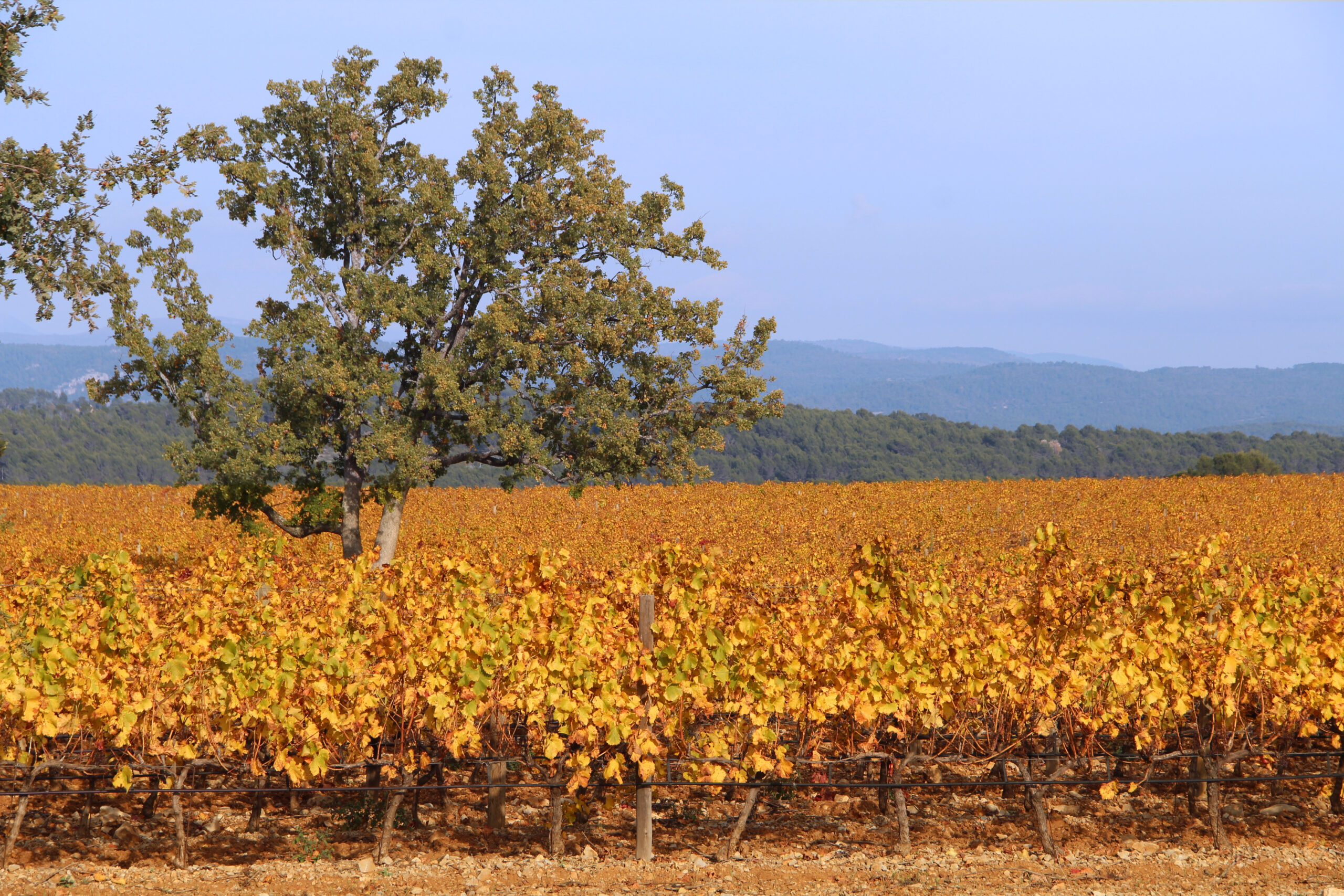
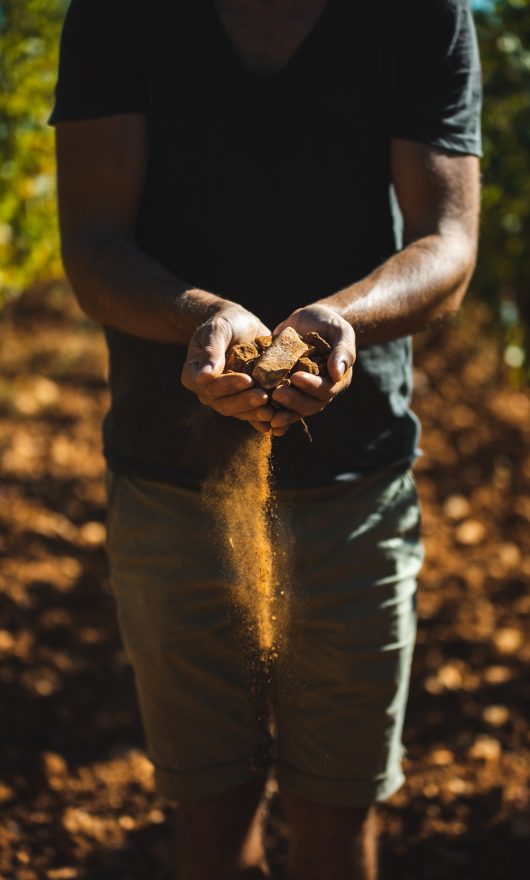
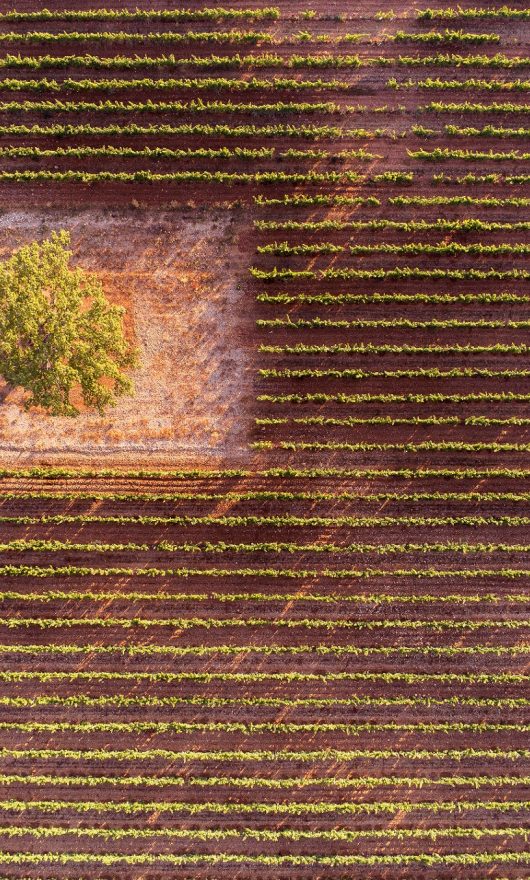
Unique geological diversity
The estate comprises two separate entities in terms of geology and altitude. The heart of the Château de Berne vineyard in Provence, where 80 % of the vines are planted, is set on a chalky plateau at an altitude of 300 metres. Its cool nights and wide-ranging daytime temperatures allow the grapes to mature at a slower pace and instils them with their characteristic delicacy and fresh aromas.
On this plateau, the limestone dominates and provides good drainage of the rainfall, allowing the vines to draw water from deep within the soil and give the grapes their famous "minerality". On tasting, it is expressed by a great subtlety, salinity and tension.
The remaining 20 % of vines are planted around the Château on light, sandy soil, producing richly flavourful wines.
Combined with an excellent variety of grapes, this geological diversity offers our winemakers the blending possibilities they need to curate the estate's fine wines.
Organic vineyard
The estate's 370 acres of vines were awarded the Organic (AB) label in February 2021, marking Château de Berne's commitment to protecting our very-generous soil and the men and women who work here.
Château de Berne also boasts the highest rating (level 3) of the High Environmental Value (HVE) certification, awarded several years ago. This strict standard was introduced as part of France's environmental policy and encompasses economic, ecological and social aspects of agriculture.
Our wines are forged in respect of nature and mankind, to express this very special soil to perfection.
Alexis Cornu, Oenologist
"Between the overly-woody wines of the Nineties and today's dictatorship of fruit, we believe there's a way to create elegant and gastronomic rosés", confides Alexis Cornu. "The wood shouldn't weigh the wine down, it should give it more volume and complexity. It should also offer optimal conditions for ageing."
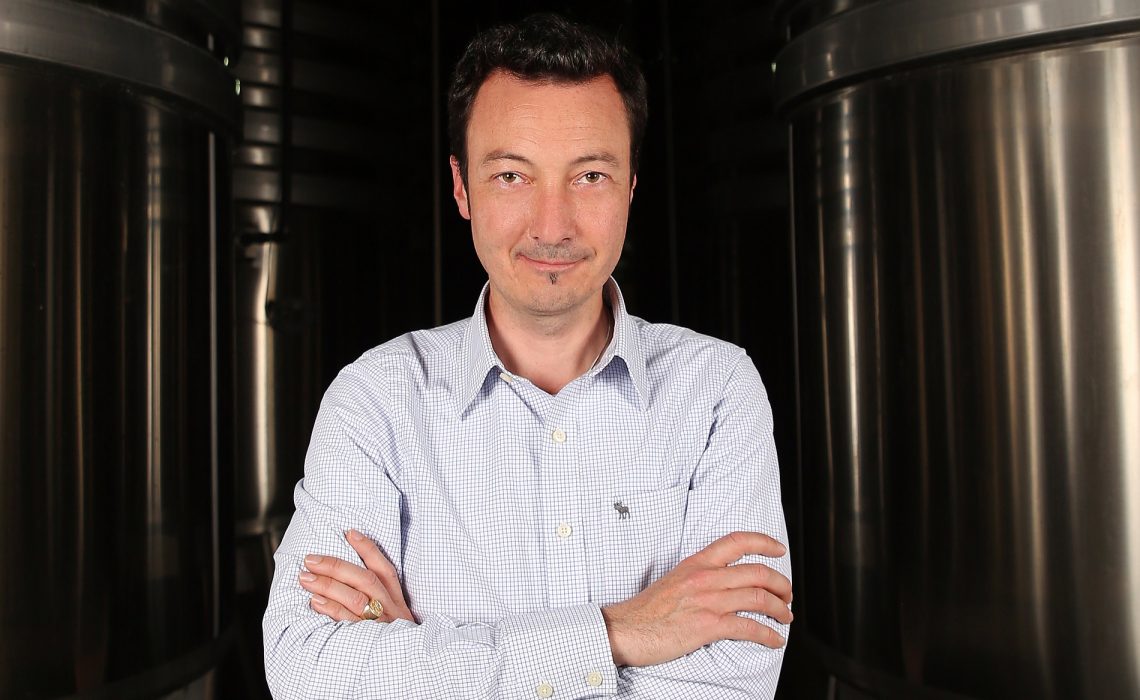
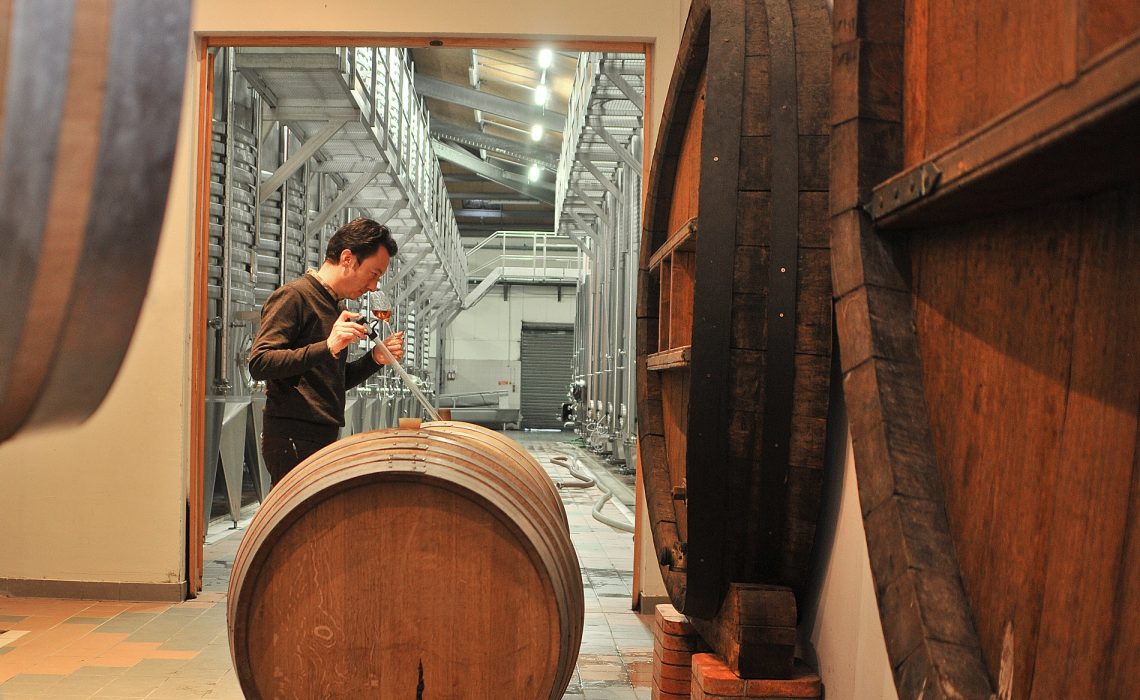
A visionary oenologist
Among the estate's recent innovations, Alexis took an active part in elaborating Château de Berne's new rosé wine. A small portion of the blend was fermented in hand-picked wooden casks and aged for several months: a new winemaking method that required a few upstream changes, in particular the choice of plots used for the blend and a longer maceration period (when the grape juices are in contact with the skins). Alexis' commitment has borne fruit: today's high-end, gastronomic Provence rosé is a true keeper.
Special Offers
Everything you need to know about our vineyard
What is the history of our vineyard?
Traces of vine cultivation have been found on the estate dating back to 200 BC, but it was in the Middle Ages that the monks took over the estate and worked the vines. The reputation of Berne wines was established in the 18th century, and the estate has continued to improve ever since.
How many hectares does the Berne vineyard cover?
Le domaine de Berne s’étend sur près de 510 hectares de nature, dont 150 hectares sont consacrés à la culture de la vigne.
What are the grape varieties of our Provence wine?
To make ou Rosé wines, we use different black grape varieties, such as Grenache noir, Syrah, Cinsault and Carignan.
For our Red wineswe grow mainly Syrah and Cabernet Sauvignon.
For our White wineswe us white varieties of rolle and sémillon.
When can you visit our vineyard in Provence?
We offer various options for discovering our Provencal vineyards and our wines. The sommeliers of the estate welcome you all year round, 7 days a week at the tasting cellar, for a little oenology course, beautiful discoveries of Provence wines, or a visit of the vineyard. You can book your own unique experience for groups or individuals.
What are the specificities of the Château de Berne wine?
The wines of Berne take advantage of the Mediterranean terroir to offer a beautiful aromatic complexity and a remarkable finesse. The red, white and rosé wines are elegant and full of character.
Why are the bottles of Château de Berne wine square?
Our square bottle is truly the emblem of the Château de Berne, and refers to the two square towers, dating from the 18th century, found at the entrance to the estate.
Is Côtes de Provence a terroir wine?
The AOC Côtes-de-Provence is a terroir wine from the Provence wine region. The vines take advantage of the Mediterranean climate and the typical soils of the geographical area to produce unique wines.
What to serve Côtes de Provence rosé wine with?
Côtes-de-Provence rosé wine is the star of aperitifs and barbecues, but it also goes wonderfully well with regional products from Provence and Mediterranean dishes.
What to serve Côte de Provence white wine with?
The white Côtes de Provence sublimates fish dishes, but also cheeses and white meats and grilled meats.
What to serve Côte de Provence red wine with?
The red Côtes de Provence works wonders with red meat or Provençal dishes, such as osso bucco or beef stew.
How long to keep a Provence wine?
The ageing time of a Provence wine depends on the vintage. Some wines can be kept for up to 10 years, while others are best drunk young (2 to 3 years).
How many types of wine are there in Provence?
Provence wine comes in 3 colours: red wine, white wine and rosé wine. They can be natural or sparkling, dry or sweet... In Provence, the wines are divided into 9 appellations of controlled origin.






